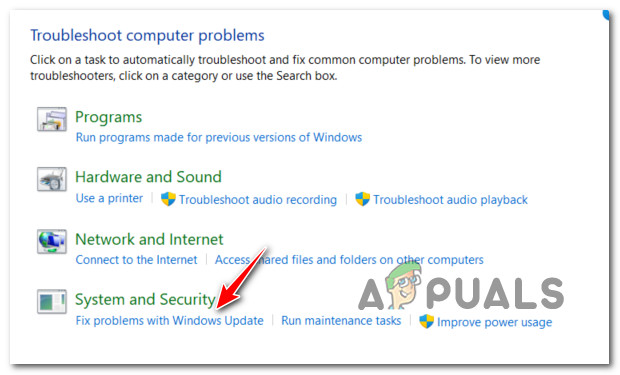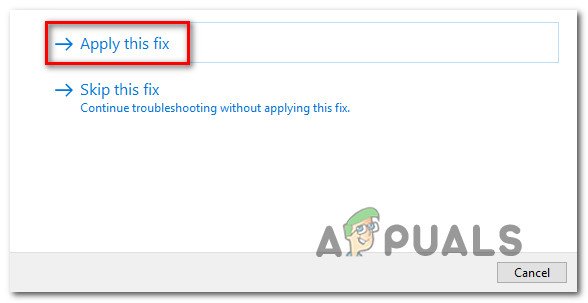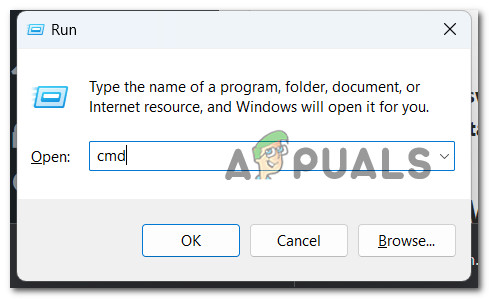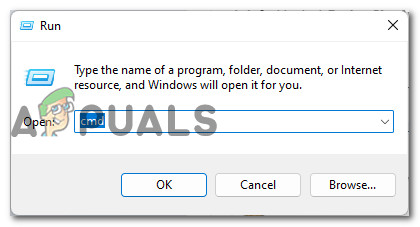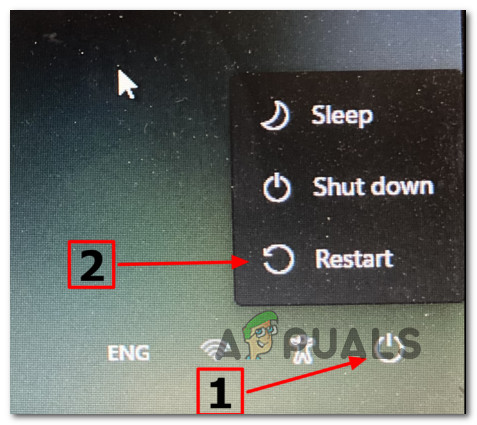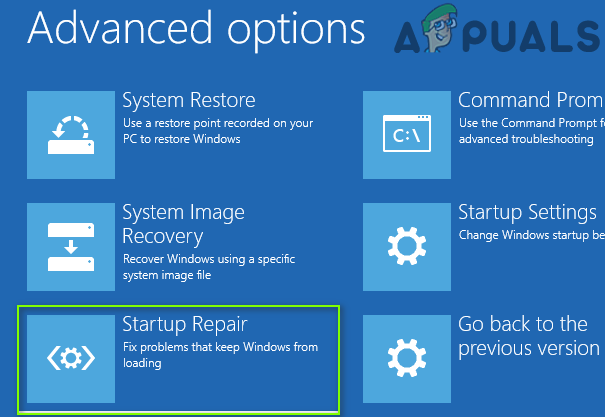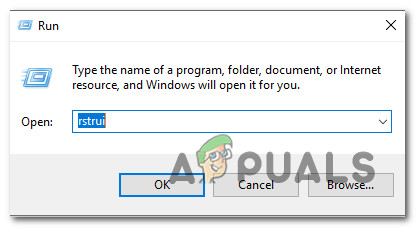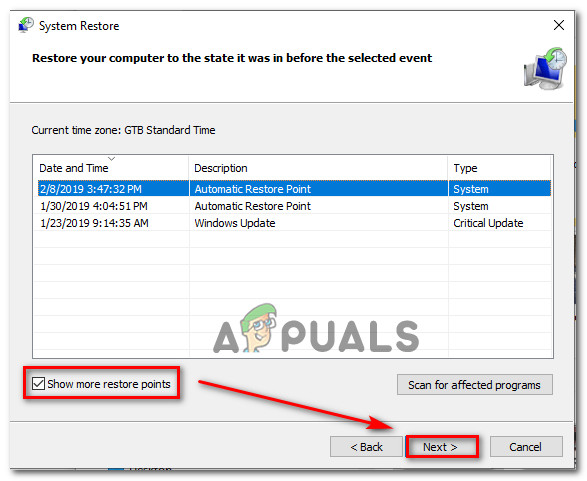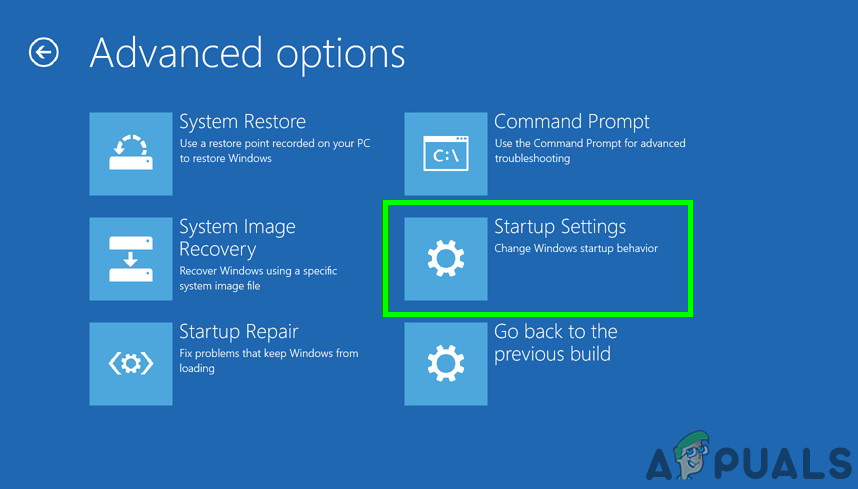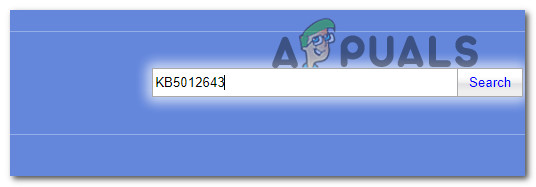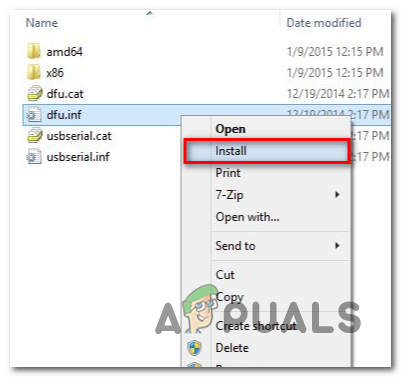After investigating this particular issue, we realized that there are actually several different reasons why you might be experiencing this issue on Windows 11. Here’s a list of potential culprits that might be responsible for this issue: Now that we went over every potential cause of this issue, let’s go over all the potential methods that other affected users have successfully used to fix the issue.
1. Run the Windows Update Troubleshooter
If a Microsoft repair plan offered in the Windows Update Troubleshooter already addresses the cause of the error, then addressing the issue is as simple as running the program and implementing the recommended remedy. If you’ve never used it before, the Windows Update Troubleshooter is designed to automatically detect and fix common issues. You’re in luck if you’re using Windows 11 because the tool is significantly more comprehensive than prior versions. If an identifiable cause is found, Microsoft has incorporated a slew of new automated repair options that can be activated in a matter of seconds. Follow the instructions below to run the Windows Update Troubleshooter and have the suggested fix deployed automatically if you haven’t already: If you’re still unable to install the KB5012643 even after running the Windows Update troubleshooter, move down to the next potential fix below.
2. Start every Windows Update service dependency
Windows Update, contrary to popular belief, is reliant on a large number of services. These services must be set up so that they may be contacted whenever the WU component needs them. Some of these service requirements may have been modified to remain disabled in order to optimize the efficiency of your system if you’re using performance-optimizing technologies. You must change the following services to AUTO to guarantee that Windows Update has everything it needs to finish the installation of available feature updates:
BITS (Background Intelligent Transfer Service)CryptSvc ( Cryptographic Services)TrustedInstaller
You’re effectively ensuring that every WU service requirement is accessible by utilizing an elevated Command Prompt to ensure that the starting type of each of these services is set to Auto. To ensure that the installation of KB5012643 is permitted, follow the procedures below to change the behavior of these services to AUTO: If the problem is still not fixed, move down to the next method below.
3. Reset every Windows Update component
It’s likely that you’re dealing with corruption in the WU component or one of its connected dependencies if you can’t install any Windows update (not only the KB5012643 update). In this case, we recommend resetting every WU component as well as the WU management folders with a sequence of CMD instructions. The most common cause of this type of issue is one or more WU (Windows Update) components that are currently trapped in limbo (neither open nor closed). If this is the case, you can fix the problem by resetting all WU components involved in the update process. If you find yourself in this situation, follow the steps below to reset every Windows Update component: If you get the same error when trying to install the faulty KB5012643 update, click on to the next possible solution below.
4. Perform DISM and SFC Scans
As it turns out, one of the most common causes of this issue when the KB5012643 update refuses to install is a system file corruption that affects the auto-updating function of Windows installation. If this condition appears to be relevant, do a scan using two built-in tools: System File Checker (SFC) and Deployment Image Servicing and Management (DISM). While SFC and DISM are similar in some aspects, we recommend running them both in quick succession to improve your chances of restoring corrupted system files. If this is the case, start with a simple SFC scan. Keep in mind that this tool is entirely local, and you do not need to be connected to the internet at all times to use it. IMPORTANT: Even though the utility appears to have frozen, it’s crucial not to close the CMD window after initiating this procedure. Wait for the operation to complete without disturbing it, as disrupting it could cause logical errors on your HDD or SSD. Reboot your computer after the SFC scan has been performed successfully, and check to see if the problem has been resolved following the next computer startup. If the KB5012643 update still won’t install, do a DISM scan and finish the process using the on-screen instructions. Note that DISM downloads healthy replacements to replace faulty system files using a sub-component of Windows Update, but SFC does not. As a result, before starting this step, make sure you have a stable Internet connection. If the KB5012643 update is still refusing to install after the DISM scan has been performed successfully, read down to the next possible option.
5. Perform a Startup Repair
File corruption in your system files can cause this type of problem in rare cases. In this situation, the first thing you should do is do a startup repair to verify if the problem has been repaired. If this is the case, a startup repair should be able to resolve the problem. Note: Startup Repair is a Windows recovery solution that can resolve the great majority of typical system issues that prevent your Windows installation from launching. If a problem is discovered, this tool (like every other Windows automated troubleshooter) includes a range of automatic repair options that can be used. You’ll need to use the Recovery Menu to start a Startup Repair operation because you’re unlikely to be able to start up normally. If this circumstance applies to you, use the steps below to launch a Startup Repair operation: If you’re still unable to install the KB5012643 update, move down to the next method below.
6. Use System Restore, then re-install the update
You may anticipate dealing with this issue after a recent system modification, according to multiple impacted individuals (like the installation of an infrastructure update, a driver update, or a cleanup procedure performed by an antivirus). In this situation, the majority of the damage can be mitigated by using System Restore to restore your system to a healthy state before attempting to reinstall the KB5012643. Remember that using this procedure will wipe out all modifications made since the system restore point was established. Everything will be gone, including all apps installed, system preferences altered, and everything else. If you’ve opted to restore your system, follow these steps: If the same problem is still occurring, try the next method below.
7. Install the update in Safe Mode with networking
A third-party service process may prevent the installation of pending Windows Updates under certain circumstances (most commonly belonging to a resource optimization suite). To avoid this problem, start your computer in Safe Mode with Networking and install the update there. Note: This method will only work in those situations where there’s nothing wrong with the Windows Update component. Follow the instructions below to restart your computer in Safe Mode with networking, then attempt to install the update once again:
8. Install the KB5012643 Windows update manually
When Windows Update is damaged beyond repair, none of the solutions in this article will assist. If you don’t want to reinstall your operating system, you can manually install the failing Windows Update using the Microsoft Update Catalog. If the Windows Update component isn’t working properly and the WU Troubleshooter can’t fix the problem, you can manually install the update from the Microsoft Update Catalog. This directory can be used to manually obtain and install the compatible update version that isn’t working on your computer using the .ini file. It’s important to note that this approach will not address the root source of the problem (in case the KB5012643 update is refusing to install due to some kind of corruption affecting the Windows Update component). It will, however, allow you to get around a corrupt Windows Update by skipping the download and instead of using MUC’s external servers. For full information on how to manually install the pending KB5012643 Windows update, see the steps below: If the issue remains and you’re still getting an error when trying to install the pending KB5012643 update using the Microsoft Update Catalog, try the next method below.
9. Hide the KB5012643 update
Microsoft has a history of releasing updates that interfere with security components that have already been installed. Since the KB5012643 is entirely optional and in no way essential to the functioning of your PC, However, unless you go the extra mile, the Windows Update component will reinstall the incorrect update. As a result, you’ll need to use the Microsoft Show or Hide troubleshooter to conceal the problematic update. Note: This operation will not solve the underlying issue causing the problem. All this will do is hide the KB5012643 update in the eye of Windows Update so it doesn’t get installed again. Follow the instructions below to hide the KB5012643 update using the Microsoft Show or Hide troubleshooter utility: If the problem persists or this process hasn’t worked, move on to the last option stated below.
10. Perform a repair install or clean install
If none of the alternatives given above have helped you install the KB5012643 update conventionally or unconventionally, you can presume that your issue is caused by an unfixable system corruption problem (with DISM and SFC scans). Several clients who had a similar problem said they were able to solve the problem after updating all Windows components. This can be accomplished with either an in-place fix (repair install) or a clean install. A clean install is a simpler choice, but it has the drawback of preventing you from maintaining your personal files (apps, games, personal media, and so on) unless you back them up first. The process takes a bit longer if you choose a repair install, but the main benefit is that you get to keep all of your personal stuff, including apps, games, personal media, and even some user preferences.
How to Fix Background Installation Ran into a Problem on Windows 10?Fix: Microsoft Edge Update Installation Error STATUS_INVALID_IMAGE_HASH on…How to fix ‘Failed Installation of the Security Update KB5005565’ in Windows 10?Microsoft Windows 10 Driver Update Changes Format For Detection And Installation…



